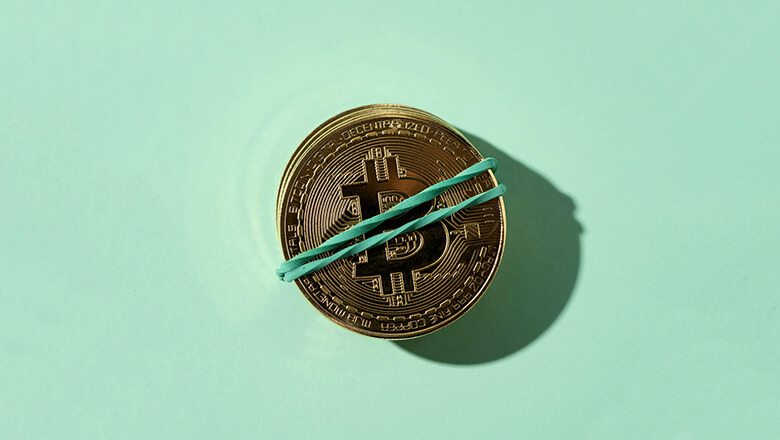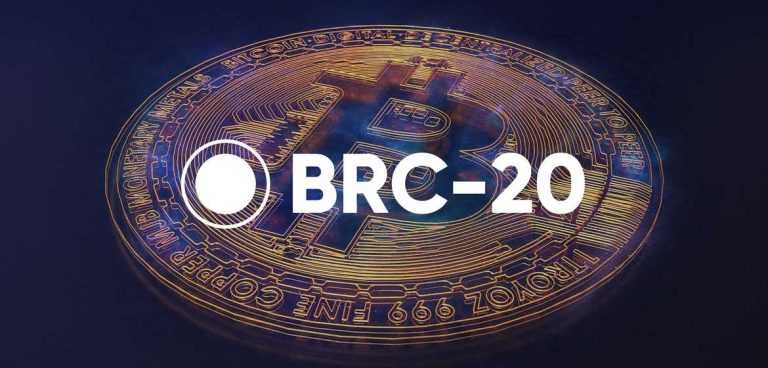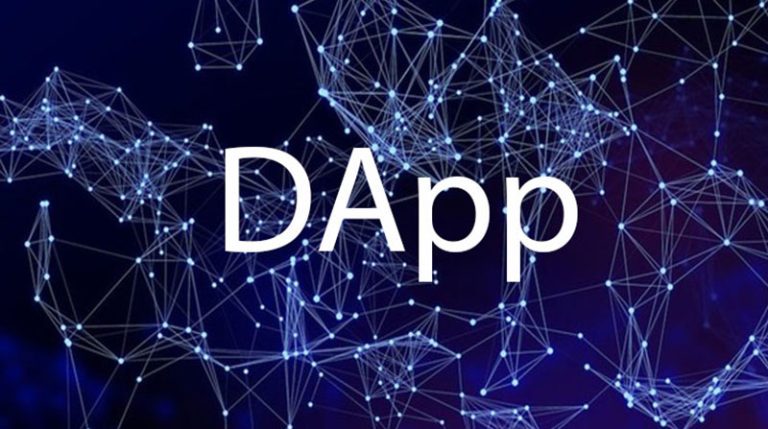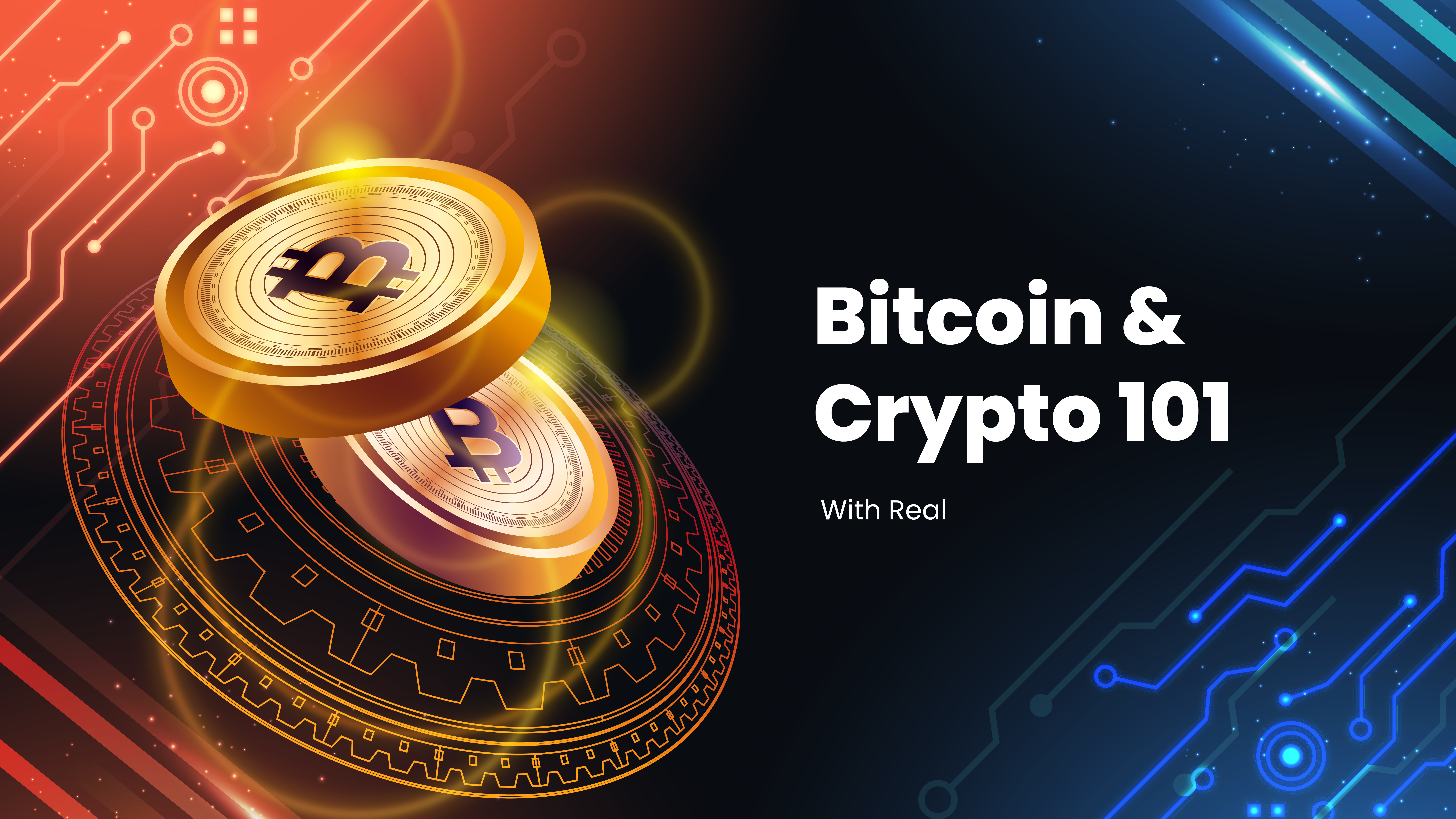
Double Spend Issue
Double-spending is a concern in the world of cryptocurrencies, as it allows a coin to be used multiple times. Essentially, it occurs when transaction information within a blockchain is altered under certain conditions, permitting modified blocks to be added to the blockchain. This provides the initiator of the change with the ability to retrieve coins that have already been spent.
To fully comprehend this concept, it is necessary to understand how the bitcoin blockchain operates. Each new block is given a unique “hash” number, which includes data such as transaction data, a timestamp, and information from the previous block. When miners validate this information, the block is confirmed, and a new one is generated, with the validating miner being awarded a bitcoin.
To successfully execute a double-spend, the perpetrator must first secretly mine a block that outpaces the authentic blockchain’s creation. Then, they must introduce this block to the network before it can catch up. If successful, the network will accept the altered chain as the latest set of blocks and add it to the blockchain, allowing the initiator to retrieve previously spent bitcoin for reuse.

How Bitcoin Solves The Double Spend Problem
There have been numerous attempts to develop digital currencies in the past to address the double spending issue, but none were able to solve the problem without a trusted authority. Satoshi Nakamoto recognized this as a significant flaw, and as a result, Bitcoin’s most notable accomplishment was born: eliminating the need for a trusted authority.
Bitcoin’s transactions are recorded in a blockchain, which can be simply defined as a database consisting of time-stamped transaction blocks. The blockchain is stored independently on various computers or nodes situated around the globe. Each node maintains a comprehensive record of all transactions in the blockchain and updates itself and other nodes as new transactions and blocks are produced.
All nodes maintain a complete record of all Bitcoin transactions. This enables them to verify the ownership of Bitcoin without the need for a trusted authority or third-party assistance. This addresses the question of how nodes can reach a consensus on the ownership of each Bitcoin despite the decentralized nature of the blockchain. Once a transaction is included in a block in the blockchain, it becomes objectively valid. Any attempt to double-spend the same Bitcoin in the future will be rejected by all nodes in the Bitcoin network.
https://bitcoin.org/bitcoin.pdf
https://www.eecis.udel.edu/~ruizhang/CISC859/S17/Paper/p9.pdf
https://www.youtube.com/watch?v=hixM4u7ep58
https://river.com/learn/what-is-the-double-spend-problem/
https://coingeek.com/solving-double-spending/
https://river.com/learn/how-bitcoin-solves-the-double-spend-problem/




